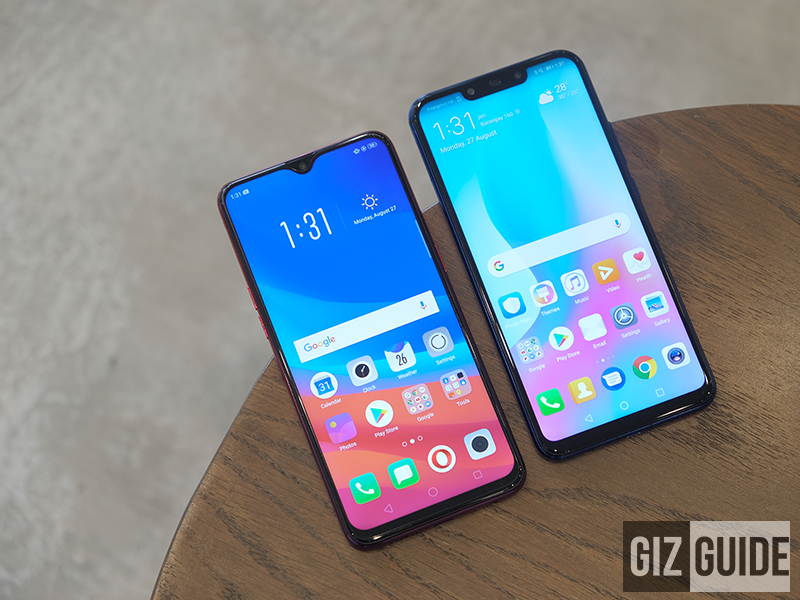

In short, we can view an LCD display as made of a backlight, and a color filtering array which has liquid crystals that control the passage of light, along with polarizers to make sure that the filtering system works correctly.Īn Apple iPod Touch music player disassembled to show the array of white-edge LED's powered on with the device / ReTheCat LCD is the older of the two technologies, and is fundamentally quite simple, although not quite as simple as OLED. Fundamentally, LCD and OLED displays are almost completely different from one another, but face similar issues and limitations. Before we get into any discussion of testing methodology though, we must first understand how AMOLED and LCD displays work.

In truth, both measurements are achievable, as we’ll soon see. One might immediately assume that one measurement is right, and the other is false. Another commonly cited discrepancy is that we rate the Nexus 6’s display to reach a peak brightness of 258 nits, while others have rated the Nexus 6’s display to be as bright as 400 nits. Many people are often confused by contradicting statements regarding the peak brightness of an AMOLED display, as we will state that the Samsung Galaxy Note 4’s display reaches a maximum of 462 cd/m^2, while other sites often state that the Note 4’s display reaches a maximum of 750 cd/m^2. While we generally avoid going into deep detail when it comes to our display testing, in light of statements that seemingly contradict our testing it becomes important to contextualize our display tests.


 0 kommentar(er)
0 kommentar(er)
